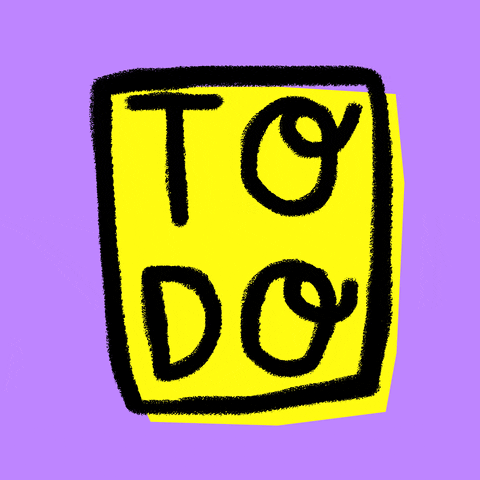Hi everyone, it’s Ally! I figured it was time for a blog post – it’s been a while since my last post and a lot has changed recently. First, COVID-19 has impacted our work these past few months. Like many others, Hailley and I have been working from home, navigating Zoom, and creating new, virtual techniques to keep this project moving. Fortunately, this project has continued fairly smoothly online. We completed our last four interviews via Zoom and consistently have Zoom meetings to stay on track. We also had some fascinating conversations with interviewees about how COVID-19 has affected their student engagement opportunities. We’re definitely eager to tie those student perspectives into our manuscripts moving forward.
Our project is also facing changes outside of COVID-19. Now that our interviews are complete and coding is almost finished, it’s time to start analyzing our results and decide how to present this information. Hailley and I decided to first focus on creating a research report for the Penn State Student Engagement Network. This report will include the demographics of our sample, the methods we used, guidance on how to read a map, and commentary on how students are interpreting the ten categories of student engagement experiences. Additionally, we’re hoping to provide general takeaways from our data, such as what students get involved with during their first year at Penn State. Finally, Hailley and I will create a list of recommendations for the Student Engagement Network to consider on how to best support Penn State students during their student engagement journeys. I started working on this report this week and can’t wait to see it all come together!
 [Impatient Olson twins GIF via GIPHY]
[Impatient Olson twins GIF via GIPHY]
After gathering important results for the Student Engagement Network, we’ll focus more on manuscripts for publication. This will be a really exciting aspect of this project because we have so much data to choose from! We can write about our library results, the growth areas from the Student Engagement Network, the students who weren’t as involved during their first year, my perspective as an undergraduate research assistant, and more. Hailley and I are hoping to write for multiple journals to capture various perspectives of our project. I’m really excited for these next steps. Our project has come a long way, and I’m ready to tie it all together with some writing! [busy daffy duck GIF via GIPHY]
[busy daffy duck GIF via GIPHY]











